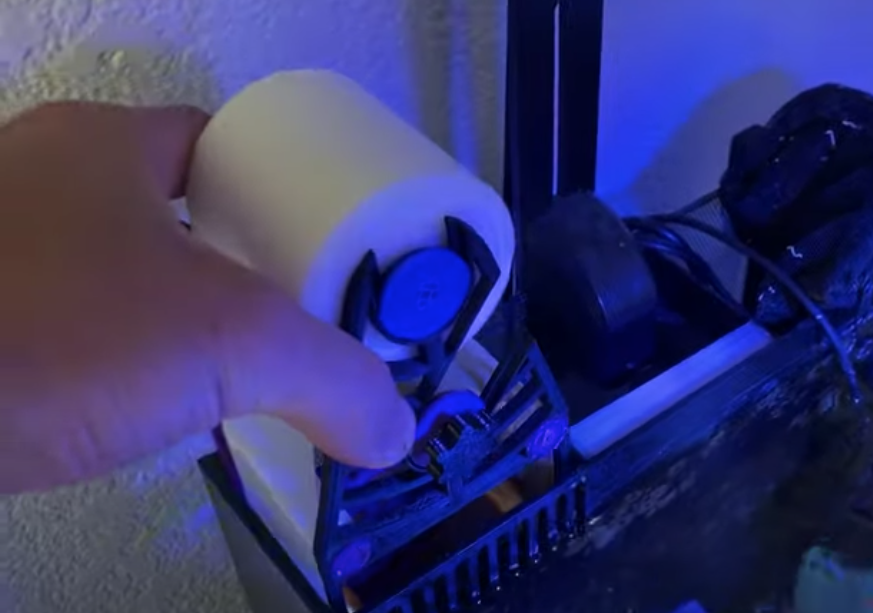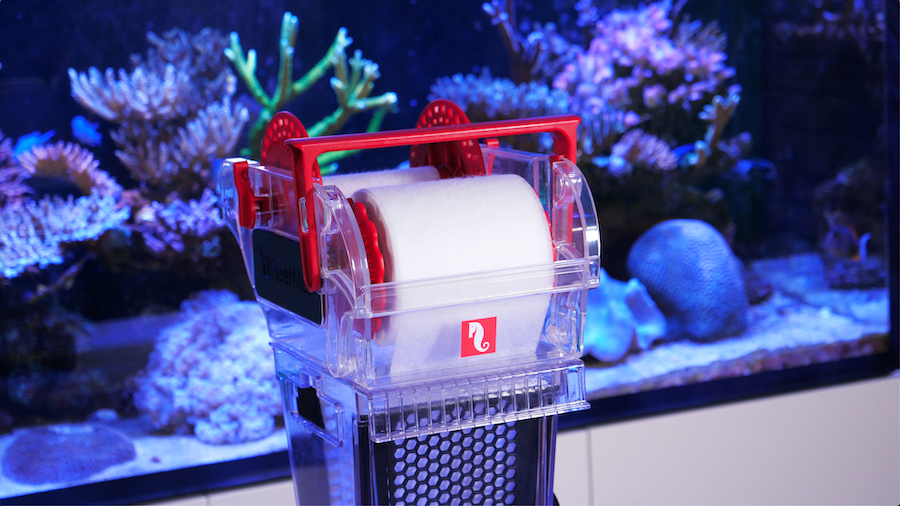Roller filters are super-popular mechanical filters for reef tanks, and we’re big fans. They offer hands-free water polishing and replace the need for filter socks and frequent manual cleaning.
What is a roller filter?
Also known as a fleece filter or roller mat, roller filters are mechanical filters for aquariums and ponds that use a roll of fine material to trap waste. Water enters a chamber with the fleece lining the base and sides, with clean water passing through and solid waste and detritus getting trapped on the fleece. The fleece is then wound on, either manually with a winding handle or automatically using a motor, providing a fresh piece of fleece to trap waste. When the whole roll has been used and is dirty, it is thrown away and replaced with a new roll. Roller filters are becoming very popular as a means to mechanically filter reef aquariums, replacing filter socks, which need to be removed and cleaned regularly by hand.
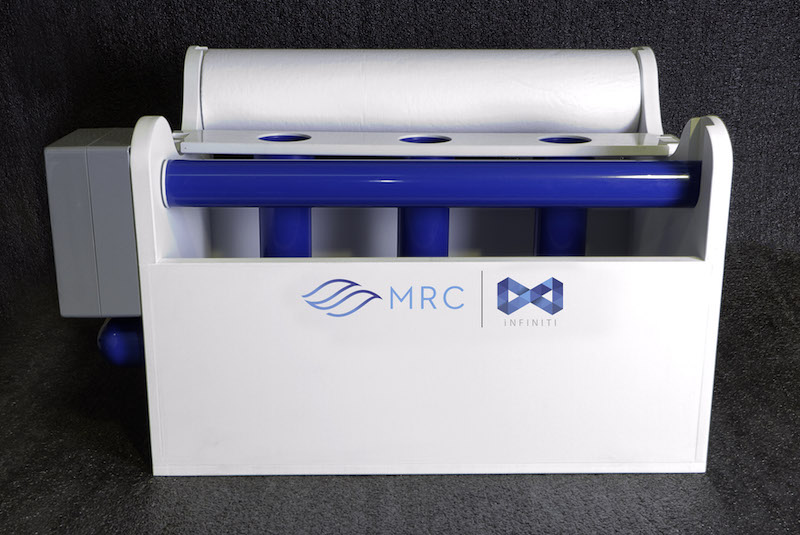
Can a roller filter remove too much?
Some reefers choose not to use fine mechanical filters like roller filters or filter socks as they can also remove coral food, but the pros generally outweigh the cons, and the heavy in/heavy out methodology where lots of foods are fed, but then removed over time to avoid high nutrients has proved successful for many people. Some roller filters have a bypass, they can be T’d off, and some water usually escapes the roller via the emergency overflow standpipe anyway. Over-filtering is nothing to worry about, and the vast majority of reef tanks are way better for having a roller filter fitted and in regular use.
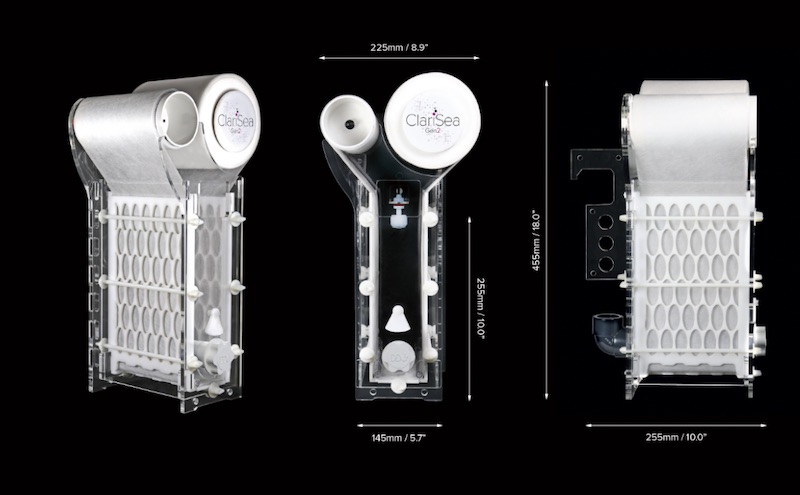
Why isn’t my roller filter turning properly?
Most roller filters have a recommended flow rate and an optimum sump water level, so make sure that your down flow into it is within the roller’s capabilities, and that the roller is hanging or standing at the correct height in the sump.
Check that the fleece can be advanced freely and that the fleece isn’t jammed. Check that the motor is plugged in and operational and that the motor is turned when the water level hits the sensor. Check that the fleece has been fitted as per the manufacturer’s recommendations and that the fleece is covering all the slots in the plastic grid underneath it.
Most manufacturers provide a setup video on YouTube, so head there first to check that your filter has been set up right. Most roller filters advance several times within 24 hours, especially if you clean the tank, stir up dirt, or feed the fish. Don’t expect the roll to advance on a brand new fishless tank as there may be no waste to trap.
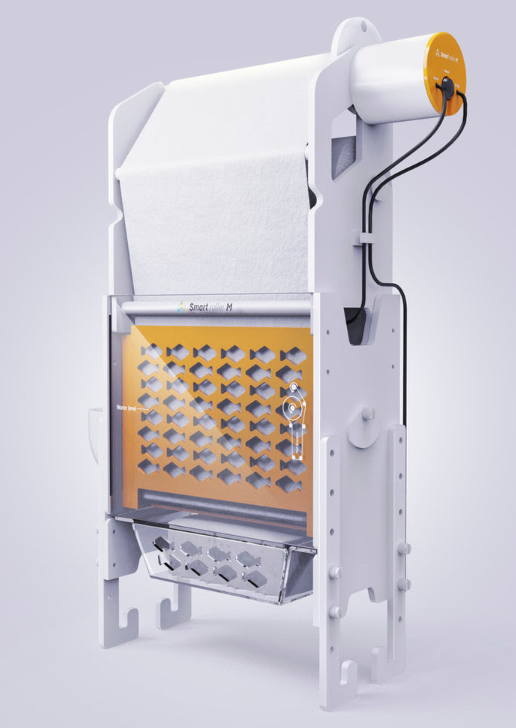
Do I have to cut the sock chamber out to fit a roller filter?
Some aquarium manufacturers are now providing removable sock chambers for easy roller filter conversion, or even no socks because they know most people will fit a roller. If you have a glass sump sock chambers can be removed by cutting out the glass baffles and sock plate. This does require some skill, effort, and care, as you need to use a sharp blade to cut down the silicone sealant, but it can be done, and Red Sea provides a super thin knife to enable just that.
If you don’t feel up to glass baffle surgery, a roller can still be placed in the second chamber of the sump, connected to the drain pipe, and miss out the first sock chamber entirely. Or a roller filter can be “powered” by a separate pump. It means some water will bypass, but it will still clean the water significantly over 24 hours.
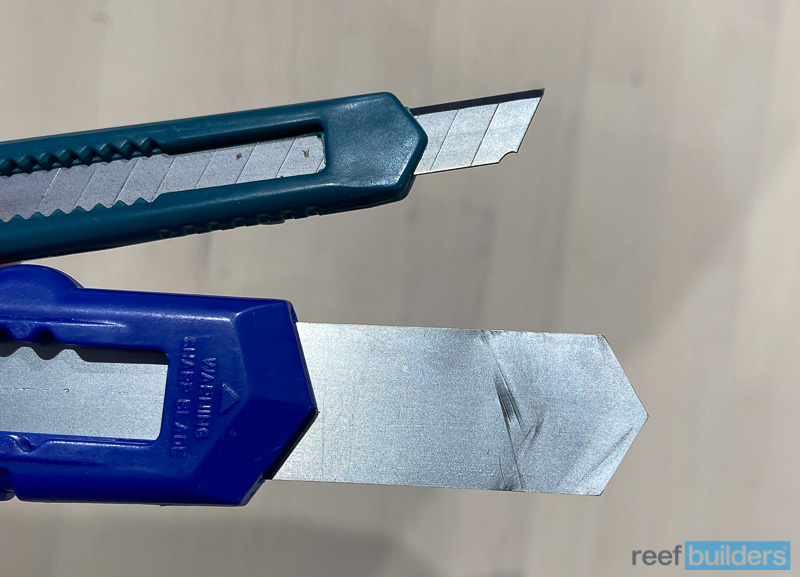
Can I use a roller on a freshwater sump?
Yes, and the first time we saw fleece filter technology it was on a koi pond. A fleece filter is still a highly effective mechanical filter on a freshwater sump and we’re surprised we don’t see them used more. Just expect to get through the rolls a lot quicker if filtering a tank full of oddball predatory fish or Malawi cichlids.

Do I have to have a sump to run a roller filter?
Third-party, nano-sized roller filters are available for the most well-known makes of All-In-One tanks and are designed to sit in the first part of the rear filter section and replace 2” socks. Most of these have a small handle for manual advancing of the fleece, although motorized versions are a thing now too.
We have yet to see a specific internal fleece filter for sump-less tanks like freshwater conversions or hang-on-the-back models. The opportunity is there though for someone, for the future.
